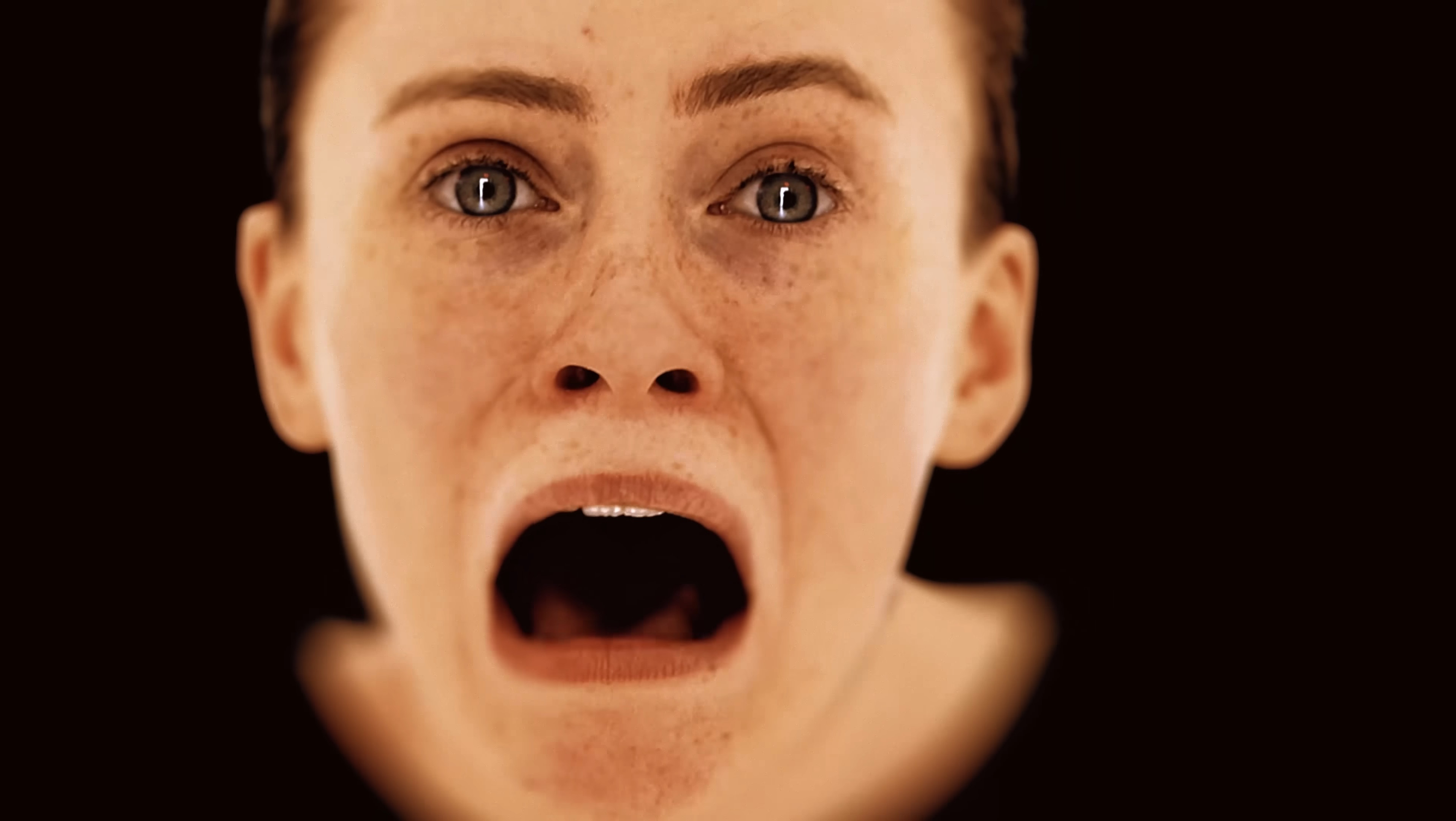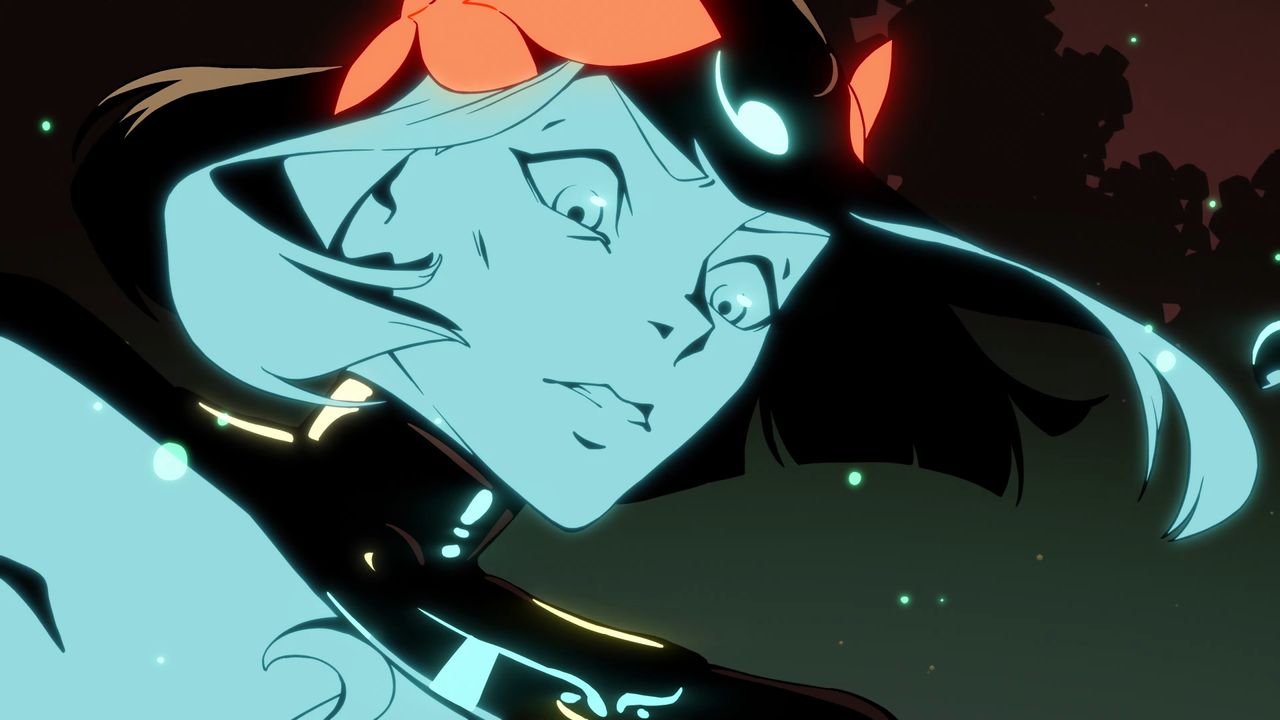The ashes of Arthur C. Clarke and Star Trek creator Gene Rodenberry just burned up on re-entry to Earth’s atmosphere after a failed moonshot

Star Trek creator Gene Rodenberry and science fiction legend Arthur C. Clarke’s ashes were on board a private US lunar lander that, after a failed moonshot, re-entered Earth’s atmosphere on Friday and burned-up on the way down. The intention had been to leave the ashes, among those from around 70 individuals including actors James Doohan (aka Scotty) and Nichelle Nichols (Uhura), on the moon’s surface following a successful landing. Rodenberry’s ashes have previously been a part of other space missions.
Astrobotic Technology’s lunar lander Peregrine launched successfully from Florida’s Cape Canaveral on Monday, but developed a fuel leak that made attempting the landing an impossibility. The firm reckons a stuck valve caused the issue. Astrobotics then had the unenviable task of working out what to do next and ensuring Peregrine didn’t become a space hazard.
In cooperation with NASA the craft was guided back towards Earth and re-entered the atmosphere on Friday, somewhere over the South Pacific. As well as the ashes, the lander carried various NASA experiments and equipment (with the US space agency reportedly paying Astrobotic over $150 million).
An update yesterday noted Peregrine remained responsive, but at 3:50am EST on 19 January it “lost telemetry” as the lander re-entered Earth’s atmosphere. “By responsibly ending Peregrine’s mission, we are doing our part to preserve the future,” said the company in a statement.
Peregrine was America’s first attempt at a lunar landing since the 1970s, and was also the first project done in concert with NASA’s Commercial Lunar Payload Services program (which will use private companies to carry out work for NASA).
“Space exploration is a learning game, especially at this stage and we shouldn’t look at this as a failure; we should look at this as an incredible engineering success,” said Sian Cleaver, industrial manager of the EU Orion spacecraft project. “At one point it was looking like this mission was doomed, but a team of engineers and scientists managed to work together and to problem solve and to restore some capabilities of the spacecraft and ultimately direct it back to Earth. I think that’s actually pretty impressive.
“There’s a lot that we can take away from this, but ultimately space travel is difficult and we’re seeing that here.”
It does seem, whatever the intentions, a fitting and somewhat poetic end for those ashes: reaching for the stars, over-reaching perhaps, before a final reunion with our little rock.




